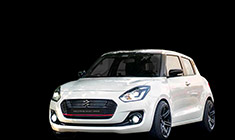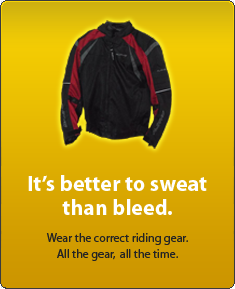News
Brands of spares, oil etc. from the vintage & classic era
By 1974-78 all the foreign oil companies Burmah Shell, Esso, Caltex and Mobiloil (a smaller player) operating in India were nationalised.
BHPian anjan_c2007 recently shared this with other enthusiasts.
To start with the thread, information about the erstwhile oil companies operating in India collected from either their respective websites or from Wikipedia or from personal knowledge is provided in a nutshell.
By 1974-78 all the foreign oil companies Burmah Shell, Esso, Caltex and Mobiloil (a smaller player) operating in India were nationalised. Apart from Indian Oil Corporation (estd 1959) that was the only Indian government owned oil company as a PSU, we saw Bharat Petroleum and Hindustan Petroleum getting established after the takeover by our government of the then operating, foreign oil companies operations in India. Indian Oil Corporation was earlier known as Indian Oil Company, but in 1964 after the Indian Refineries merger with the former, the name got changed to Indian Oil Corporation.
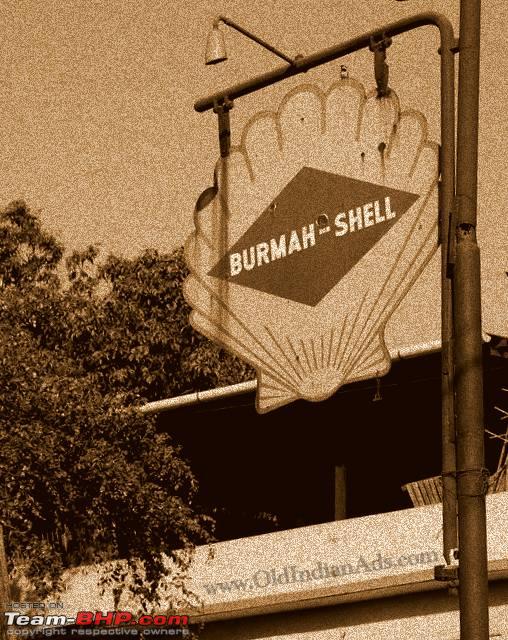
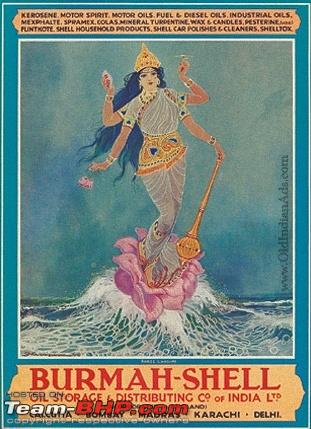
Above: A 1941 Burmah Shell logo.

The Burmah Oil Company was a leading British oil company. In 1966, Castrol was acquired by Burmah, which was renamed as "Burmah-Castrol". It operated as a joint venture named Burmah-Shell with Shell in the rest of India, but in Assam, Burma and in the then East Pakistan it operated under the name BOC (Burmah Oil Company). At the international level, BP Amoco (now British Petroleum (BP)) purchased the company in 2000. In India on 24 January 1976, Burmah Shell was taken over by the Government of India to form Bharat Refineries Limited as a PSU. We know it better as Bharat Petroleum now.

Esso's predecessor was Standard Oil of New Jersey after the breakup of the original Standard Oil company in 1911. The company adopted the "Esso" (the phonetic pronunciation of the company's initials, "Standard Oil", S.O.), which was later objected to by the other Standard Oil companies. Standard Oil of New Jersey started marketing its products under the Esso brand in 1926. In 1972, the name Esso was largely replaced in the U.S. by the Exxon brand after the Standard Oil of New Jersey bought Humble Oil, while the Esso name remained widely used elsewhere. In most of the world, the Esso brand and the Mobil brand are the primary brand names of ExxonMobil, with the Exxon brand name in use only in the United States alongside Mobil.
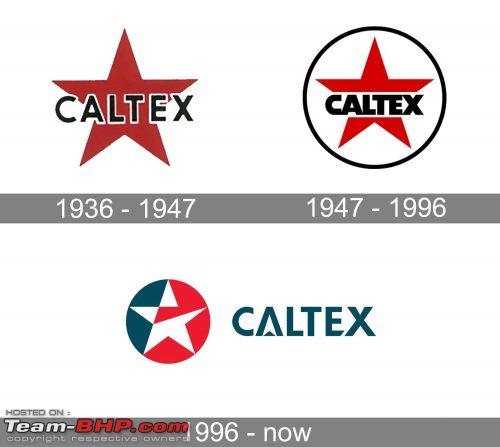
In India we have seen the first two Caltex logos only as the last one came into being in 1997.
Caltex is an American oil company, which was formed in 1936 in Texas, and today operates in the Middle East and Asia-Pacific region, being one of the largest players in the market. Despite the fact, that the Caltex brand is widely known as the most popular petroleum company of the Middle East, it was born in America and its visual identity is a tribute to the company’s roots and history.
The redesign of 1947 kept the red star and black lettering but emboldened and modernized their contours. The new structure was placed on a white background and enclosed into a thin black circular frame. The inscription was now executed in a stylized Extra Bold sans-serif with massive heavy shapes of the letters. The star, as well as the brand’s color palette — red, white and blue — is a celebration of the company’s heritage and a tribute to the USA and to the forming company Texaco.
HPCL was incorporated in 1974 after the takeover and merger of erstwhile Esso Standard and Lube India Limited by the Esso (Acquisition of Undertakings in India) Act 1974. Caltex Oil Refining (India) Ltd viz. (CORIL) was also taken over by the Government of India in 1976 and merged with HPCL in 1978.


The 1959 logo.
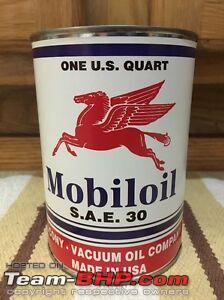
Mobil SAE 30 lubricant.

Mobil TT oil for motorcycles and racing cars.
In 1955, Socony-Vacuum was renamed Socony Mobil Oil Company. Socony stands for Standard Oil Company of New York, formed in 1911 from Standard Oil after its break-up. In 1963, it changed its trade name from "Mobiloil" to simply "Mobil", introducing a new logo. To celebrate its 100th anniversary in 1966, "Socony" was dropped from the corporate name. Mobil continues to operate as a major brandname of ExxonMobil within the ExxonMobil Fuels, Lubricants & Specialties division.
Mobiloil had a lesser number of petrol and diesel dispensing units in India as compared to Burmah Shell and Esso, but nevertheless was a dominant player in the motor oils or lubricants market. It was so dominant as a player that many old generation drivers or chauffeurs referred to engine oil as mobil oil. So for example, "Sir, we need to fill up the mobil oil in our car", was too common to hear from them. Its akin to the word "Jeep" as we know, which has become a synonym for 4 WD light motor vehicles.
As a common feature, the foreign oil companies were liberal with gifts to their customers in the form of penstands, desk and wall calendars, desk diaries , pens, yo-yo's (I may still have one of these from Esso) and so on.
Some brand advertisements from the past:
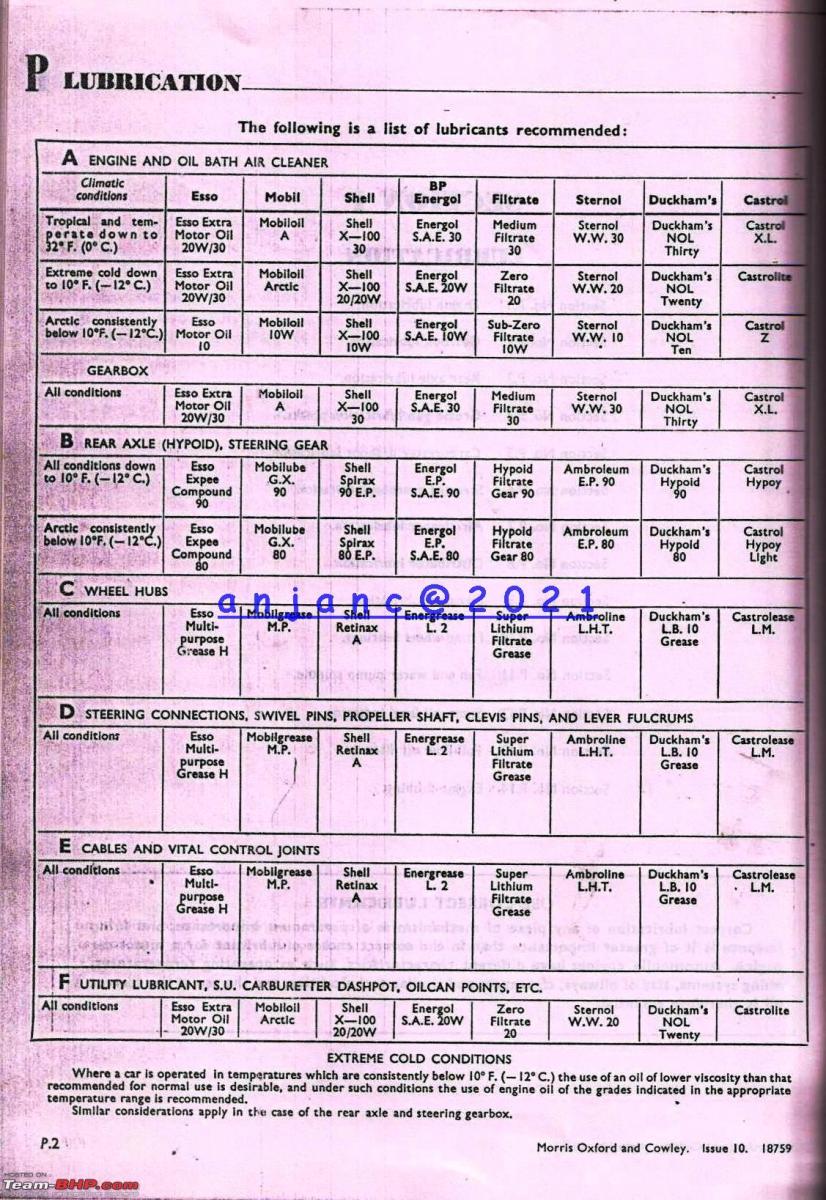
From the workshop manual listing makes of oils/lubricants for the Morris Oxford Series II, III (also used by HM dealers for Landmaster, Ambassador) and Cowley.

The RE 4 Kirloskar diesel engine that was the most preferred as aftermarket for Willys and Jeep class post oil shock of 1973.

November 1979 advt of Goodyear tyres.

December 1980 advt of Dunlop tyres.

Simpson & Co. aftermarket diesel most preferred for mini trucks and also for the older Chevrolet, Ford, Dodge, Fargo and GMC trucks that survived the oil shock.
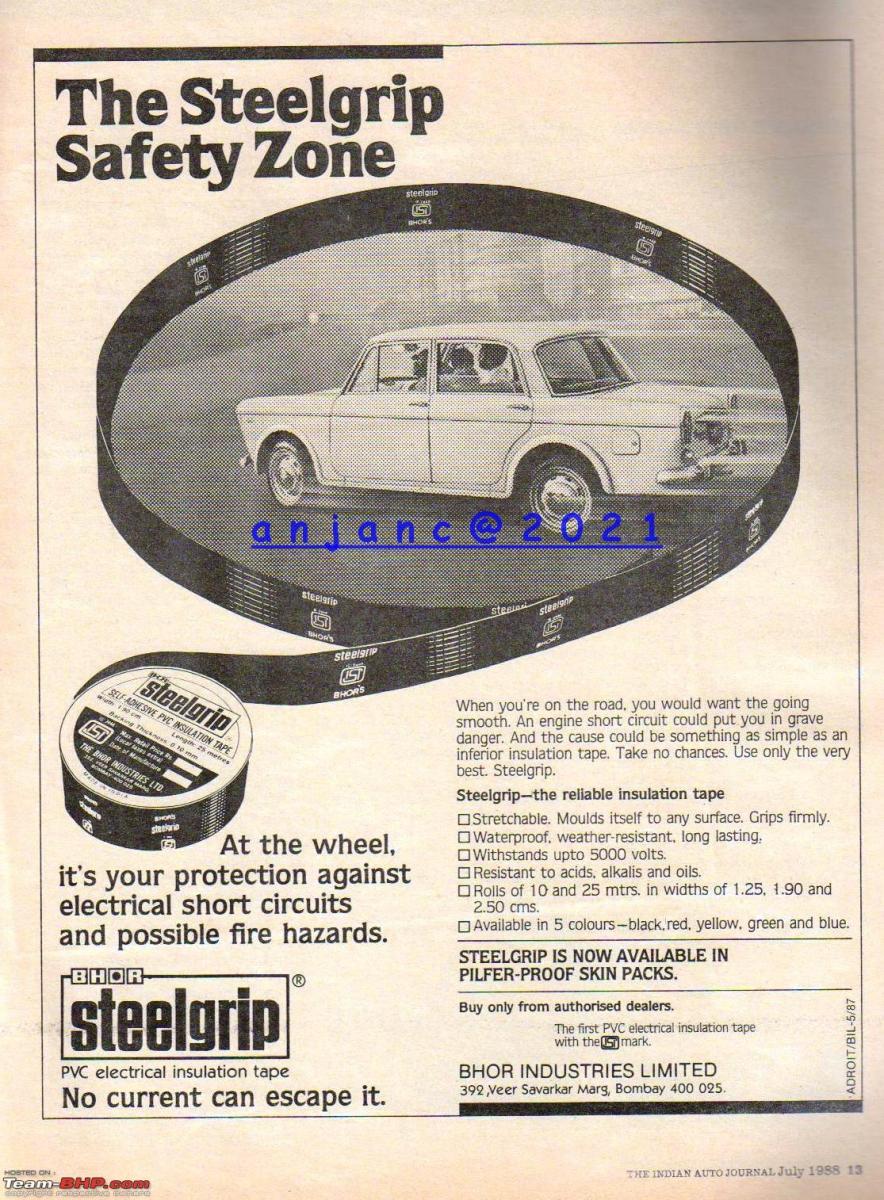
The adhesive tape that is still available (from the late 1980"s).

HP lubricating 2T oil advt from the late 1980's - now becoming scarce.

A late 1980's advt by SAFEX safety glasses.

Castrol GTX late 1980's advt.
Continue reading on brands of spares, oil etc. from the vintage & classic era for BHPian comments, insights and more information.






















